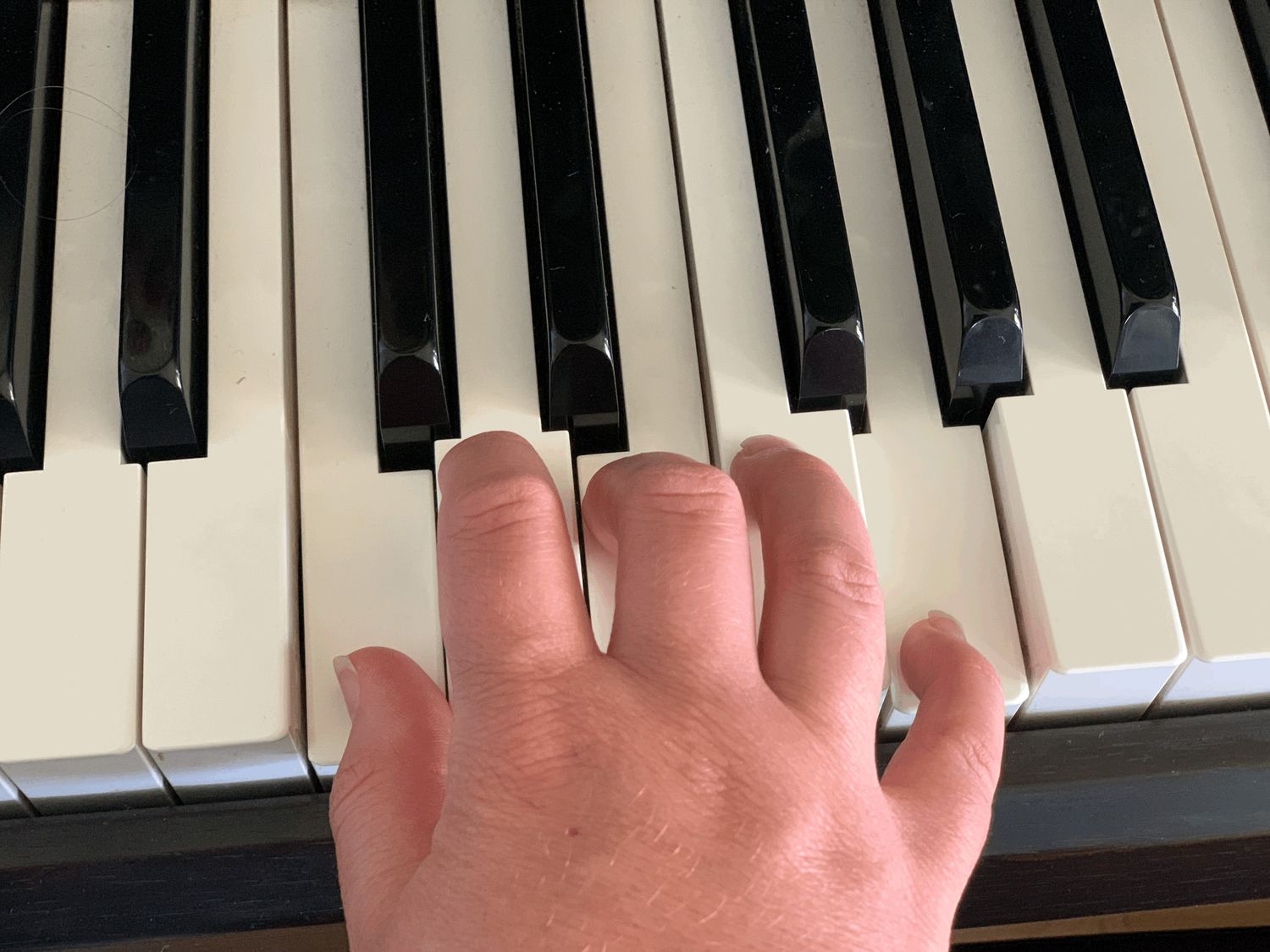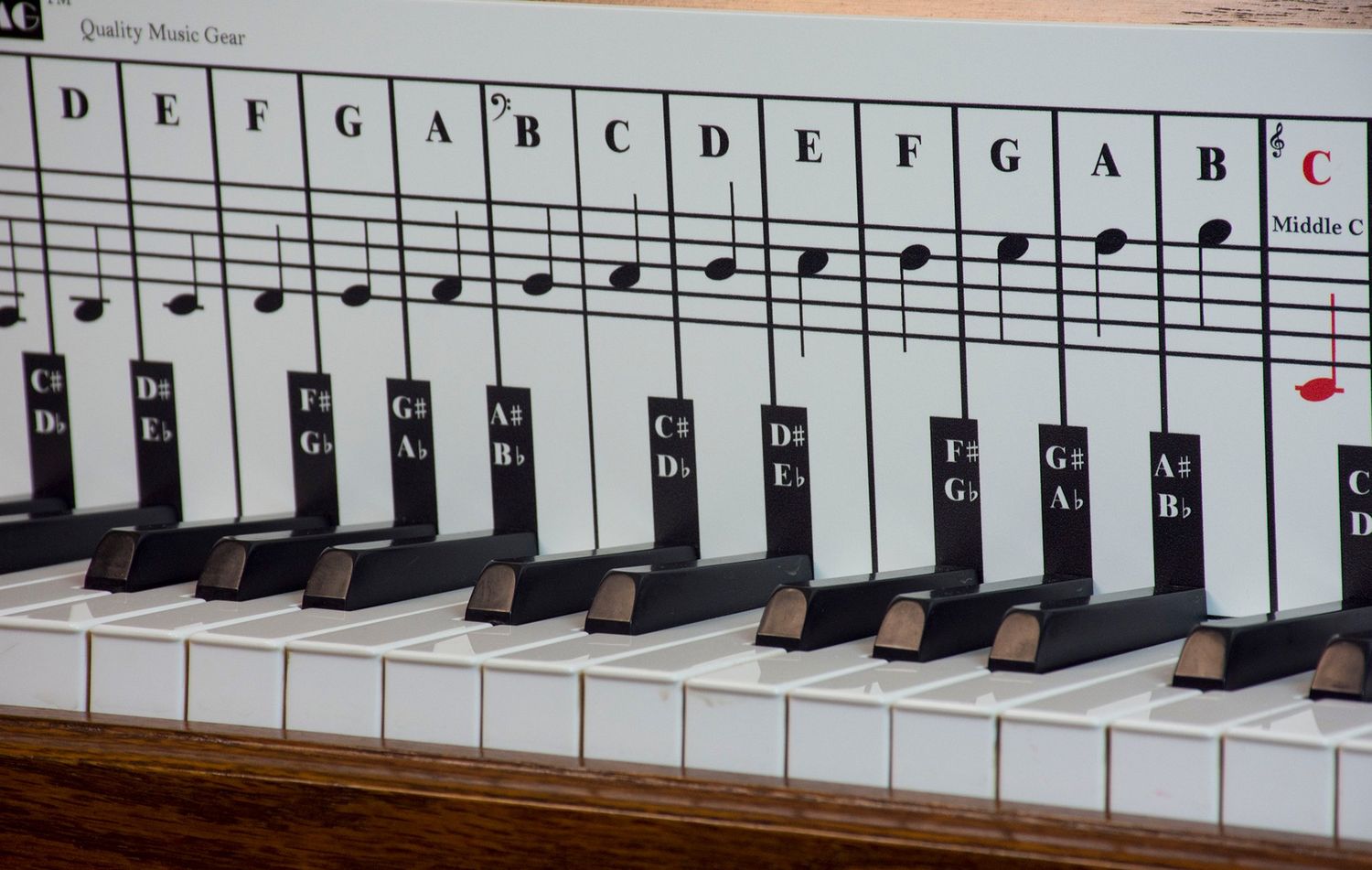Home>Instruments>Piano>How To Play Fm On Piano


Piano
How To Play Fm On Piano
Published: February 11, 2024
Learn how to play FM on piano with our step-by-step guide. Master the piano and impress your friends with your skills. Start playing today!
(Many of the links in this article redirect to a specific reviewed product. Your purchase of these products through affiliate links helps to generate commission for AudioLover.com, at no extra cost. Learn more)
Table of Contents
Introduction
Welcome to the fascinating world of piano playing! Whether you’re a beginner or an experienced pianist, mastering different chords is essential for creating beautiful music. In this article, we will delve into the intricacies of playing the Fm chord on the piano. The Fm chord, also known as F minor, adds a touch of melancholy and depth to your musical compositions, making it a valuable addition to your repertoire.
Understanding the Fm chord and its various positions is crucial for any pianist aiming to explore diverse musical genres, from classical to contemporary. By mastering the Fm chord, you’ll be able to infuse your music with rich, emotive tones that resonate with your audience.
Whether you’re drawn to the soulful sounds of jazz or the expressive melodies of classical music, the Fm chord unlocks a world of musical possibilities. So, let’s embark on this musical journey and unravel the nuances of playing the Fm chord on the piano.
Understanding the Fm Chord
Before diving into the physical aspect of playing the Fm chord on the piano, it’s important to grasp the theoretical foundation of this chord. The Fm chord is derived from the F minor scale, which consists of the notes F, G, Ab, Bb, C, Db, and Eb. Understanding the notes that comprise the Fm chord is fundamental to effectively executing it on the piano.
The Fm chord is classified as a minor chord, known for its melancholic and introspective sound. It is constructed using the root note, F, the minor third, Ab, and the perfect fifth, C. This combination of notes creates the distinctive somber quality that defines the Fm chord.
When playing the Fm chord, it’s essential to pay attention to the emotional impact it conveys. The minor tonality of the Fm chord evokes a sense of introspection and depth, making it a powerful tool for expressing complex emotions through music. Whether used in a poignant ballad or as a subtle harmonic embellishment, the Fm chord adds a layer of emotional richness to any musical composition.
Understanding the theoretical underpinnings of the Fm chord equips pianists with the knowledge needed to harness its expressive potential. By delving into the harmonic structure and emotional resonance of the Fm chord, pianists can elevate their musical interpretations and captivate listeners with its evocative allure.
Basic Fm Chord Position
Mastering the basic position of the Fm chord on the piano is a fundamental step for pianists aiming to incorporate its emotive quality into their music. The Fm chord is formed by combining three essential notes: F, Ab, and C. To play the Fm chord in its basic position, follow these steps:
- Locate the F Note: Begin by identifying the F note on the piano keyboard. The F note is located to the left of the group of three black keys, specifically the first black key in the group. This is the root note of the Fm chord.
- Add the Minor Third: The next note in the Fm chord is the minor third, Ab. To find this note, count four half steps (or four keys, including both white and black keys) from the F note. This brings you to the Ab note.
- Incorporate the Perfect Fifth: The final note in the Fm chord is the perfect fifth, C. To locate this note, count three half steps from the Ab note. This brings you to the C note.
- Play the Fm Chord: With the F, Ab, and C notes identified, place your fingers on these keys simultaneously to produce the Fm chord. The basic Fm chord position on the piano consists of these three notes played together to create the characteristic melancholic sound of the Fm chord.
Once you have familiarized yourself with the basic position of the Fm chord, practice transitioning smoothly between the Fm chord and other chords to integrate it seamlessly into your musical repertoire. By mastering the basic Fm chord position, you lay the foundation for incorporating its emotive depth into your piano performances and compositions.
Playing Fm Chord Progressions
Once you have mastered the basic position of the Fm chord, the next step is to explore chord progressions that incorporate the Fm chord. Chord progressions form the backbone of musical compositions, shaping the emotional trajectory and harmonic structure of a piece. Understanding how to integrate the Fm chord into progressions opens up a world of creative possibilities for pianists.
One popular chord progression that features the Fm chord is the I-IV-V progression in the key of Db major. In this progression, the Fm chord serves as the tonic (I) chord, infusing the musical landscape with its introspective quality. The IV and V chords, Ab and Bb, complement the Fm chord, creating a sense of tension and resolution within the harmonic framework.
Furthermore, experimenting with different inversions of the Fm chord within progressions can yield diverse tonal textures. Inversions involve rearranging the notes of a chord to create alternative voicings while retaining the same harmonic identity. By incorporating inversions of the Fm chord, pianists can add depth and complexity to their chord progressions, enhancing the overall musical expression.
Exploring minor key progressions is another avenue for incorporating the Fm chord into your playing. In the context of a minor key, the Fm chord contributes to the haunting and evocative atmosphere characteristic of minor tonalities. Whether used in a haunting ballad or as a poignant interlude, the Fm chord enriches minor key progressions with its emotive resonance.
As you delve into playing Fm chord progressions, allow your creativity to guide you. Experiment with different rhythmic patterns, dynamics, and melodic motifs to infuse your progressions with a unique artistic flair. By integrating the Fm chord into your chord progressions, you can harness its emotive power to craft compelling musical narratives that resonate with listeners.
Tips for Mastering Fm Chord on Piano
Mastering the Fm chord on the piano requires dedication, practice, and a nuanced understanding of its harmonic and emotional significance. Here are some valuable tips to aid in your journey toward mastering the Fm chord:
- Hand Positioning: Pay attention to the positioning of your hands when playing the Fm chord. Ensure that your fingers are properly aligned over the keys to facilitate smooth and accurate chord transitions. Practice maintaining a relaxed hand posture to minimize tension and facilitate fluid chord changes.
- Utilize Finger Exercises: Engage in finger exercises and drills specifically tailored to strengthen the fingers and improve dexterity. These exercises can enhance your ability to navigate the Fm chord and other complex chord shapes with agility and precision.
- Ear Training: Develop your ear for identifying the sound of the Fm chord within musical contexts. Listen to compositions featuring the Fm chord and train your ear to recognize its distinct tonal quality. This heightened awareness will aid in integrating the Fm chord seamlessly into your playing.
- Explore Variations: Experiment with different voicings and inversions of the Fm chord across the piano keyboard. By exploring various chord voicings, you can expand your harmonic palette and discover unique tonal possibilities, enriching your musical interpretations.
- Contextual Application: Understand the emotional and expressive potential of the Fm chord within different musical genres and styles. Consider the role of the Fm chord in conveying specific moods and emotions, and apply this understanding to your musical interpretations.
- Consistent Practice: Dedicate regular practice sessions to honing your proficiency with the Fm chord. Consistent and focused practice is essential for developing muscle memory, finger strength, and overall fluency in executing the Fm chord with confidence.
- Improvise and Compose: Embrace opportunities for improvisation and composition to integrate the Fm chord creatively. Use the Fm chord as a springboard for crafting original musical ideas and exploring its potential for evocative expression.
By incorporating these tips into your practice routine and musical explorations, you can deepen your mastery of the Fm chord and unlock its evocative power on the piano. Embrace the journey of discovery and allow the emotive resonance of the Fm chord to enrich your musical endeavors.











